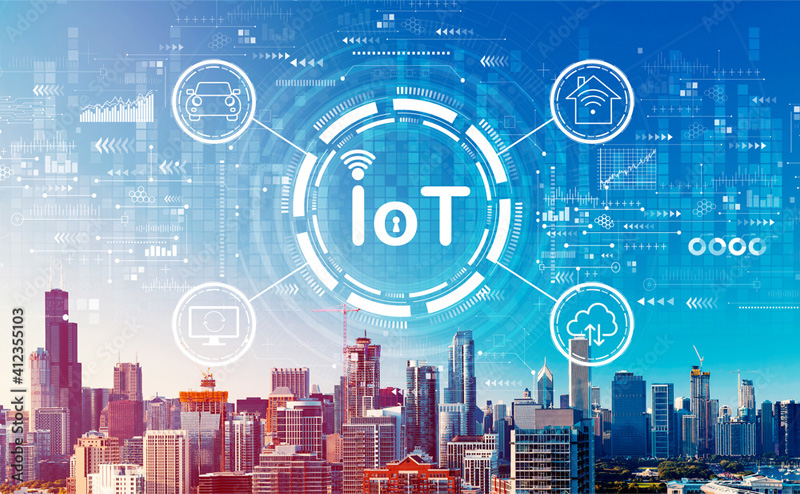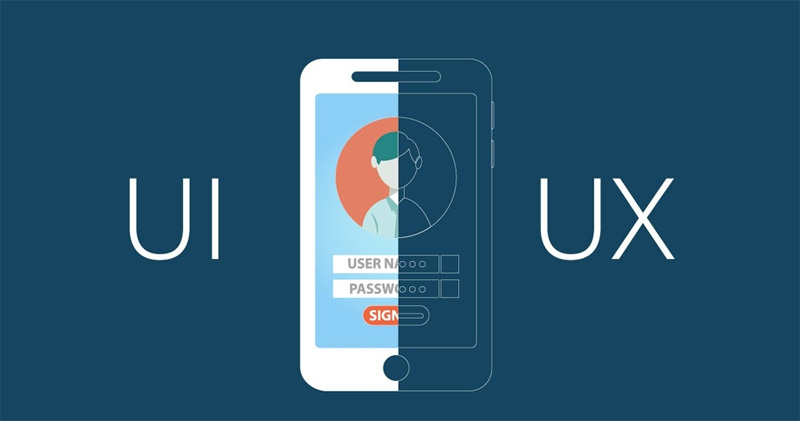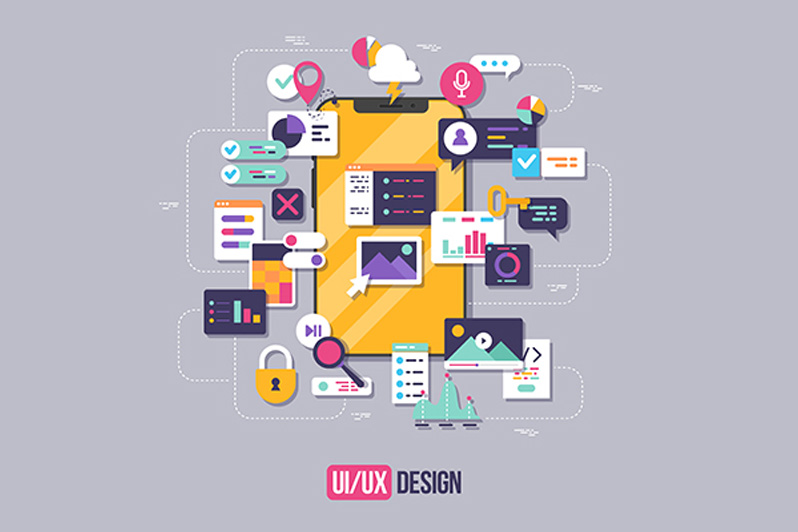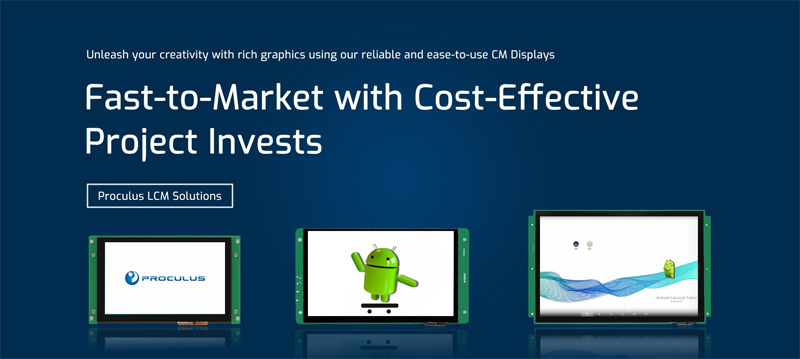
The Internet of Things (IoT) is a network of physical devices, vehicles, home appliances, and other items embedded with electronics, software, sensors, actuators, and connectivity, which enables these things to connect and exchange data. This results in improved efficiency, accuracy, and economic benefit in addition to reduced human intervention.
When IoT is augmented with sensors and actuators, the technology becomes an instance of the more general class of cyber-physical systems, which also encompasses technologies such as smart grids, virtual power plants, smart homes, intelligent transportation, and smart cities.

The term UX, or user experience, refers to the overall experience a person has when using a particular product, system, or service. It's an aspect of design that includes many other areas including human-computer interaction (HCI), user interface (UI) design, and interaction design (IxD). UX considers all aspects of the end-user's interaction with a company, its services, and its products.
The goal of UX design is to improve customer satisfaction and loyalty through the utility, ease of use, and pleasure provided in the interaction with a product. In the context of IoT, UX design plays a critical role in ensuring that the device seamlessly integrates into the user's daily life, enhancing usability and functionality.
The term GUI, or graphical user interface, refers to a type of user interface that allows users to interact with electronic devices through graphical icons and visual indicators such as secondary notation, instead of text-based user interfaces, typed command labels or text navigation.
UX and GUI are closely related, with GUI being a subset of UX. While UX encompasses all aspects of a user's interaction with a system or device, GUI specifically focuses on the system's visual aspects. For IoT devices, a well-crafted GUI is a crucial part of the overall UX, ensuring that users can easily navigate and interact with the device.

There are several factors to consider when designing the UX for IoT devices. These include:
· The IoT Ecosystem: With a network of interconnected devices, the IoT ecosystem is complex and diverse. Each device contributes to a larger network, creating an intricate web of communication that must be considered in UX design.
· Intuitive UI: The user interface is the first point of contact between users and IoT devices. It should be clean, simple, and intuitive, allowing users to easily navigate and interact with the device.
· Seamless UX: Beyond an attractive interface, a seamless UX involves understanding user behavior, preferences, and the context in which the device is used. It requires efficient design, responsive controls, and effective communication between devices.
· Personalization and Adaptability: As users expect their IoT devices to cater to their specific needs and preferences, interfaces should be adaptable and customizable. The ability to customize settings and receive personalized feedback enhances the user's connection to their IoT devices.
· Security: With devices connected to the internet, security is a critical aspect of UX design. Users need to trust that their devices and data are safe and secure.
In designing a successful UX for IoT devices, the following strategies can be helpful:
It's important to understand not just who the user is, but also their context. This includes understanding their environment, their routines, and their goals. This understanding can be achieved through methods such as user interviews, observations, and contextual inquiry.
The user interface should be as simple and intuitive as possible. This means minimizing the cognitive load for users, providing clear instructions, and ensuring that the interface is easy to navigate. Avoid unnecessary features or functionalities that could confuse the user.
As mentioned earlier, security is a critical aspect of UX design for IoT devices. Users should feel confident that their data is safe, and that the device will not cause any harm. This can be achieved through secure design practices, regular updates, and clear communication with the user about security features.
The IoT device should provide clear value to the user. This could be in the form of convenience, efficiency, or enhanced capabilities. The value proposition should be clear and compelling, motivating the user to engage with the device.
The IoT device should be able to interact seamlessly with other devices and systems. This requires interoperability, or the ability of different systems and devices to work together. Interoperability can be achieved through the use of standard protocols and interfaces.
Finally, the physical design of the IoT device is also an important part of the UX. The device should be aesthetically pleasing, comfortable to use, and fit well within the user's environment.

As one of the leading China LCD screen manufacturers focusing on all-in-one TFT LCDs, Proculus offer LCM solutions based on your requirements.
Our solutions include UART, Android and HDMI. They simplify GUI development and are cost-effective.
We have a lot of experience in the industry as well as a very high level of customer satisfaction, having worked with many famous and large companies and suppliers around the world. We also have a lot of experience working together in the field of UI design and can help your excellent GUI design to be displayed in high definition and efficiently.

